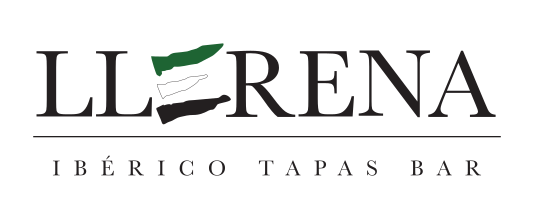Easter is an important festival in Spain, and many people enjoy a whole week off work to celebrate Semana Santa (Holy Week). It’s traditionally a time when people visit family and friends and enjoy shared meals together, such as delicious Ibérico tapas. Here’s a look at how the week unfolds.
Holy Week parades and processions
If you are fortunate enough to be spending time in Spain this Easter, you will probably have the opportunity to watch a religious procession. These are intended to mark the events of the death and resurrection of Jesus, and they usually involve beautifully decorated floats that illustrate elements of the Easter story.
Participants may wear traditional religious costumes, and bands play live music that is fitting with the occasion. These parades are usually large and elaborate in Andalusia to the south of the country, particularly Sevilla and Malaga. Each area of Spain has its own unique customs, many of which date all the way back to the 13th century.
Although the atmosphere is fittingly solemn for the occasion, they are still a spectacle for the senses, with vibrant colours, sounds, and the evocative aroma of incense. Some of the floats date back to the 16th century, with ornate gold-leaf carvings and life-size replicas of Biblical figures.
The processions begin on Maundy Thursday with a serious and intense atmosphere, as the participants pay their respects to the significance of the occasion. However, the mood changes on Easter Sunday with the joyful celebration of the resurrection of Christ. The floats are festooned with flowers and the atmosphere becomes lively and celebratory.
The food of Semana Santa
Festive occasions go hand in hand with food and drink, as these are naturally ways in which people share bonding experiences. For some, Easter marks the end of Lent, a period when they may have given up certain foods such as meat or dairy as a means of religious observance. Therefore, the dishes on offer can reflect the end of fasting.
Tapas bar meals naturally lend themselves to this occasion, when a variety of traditional Easter dishes may be served. For example, these might include torrijas, which is similar to French bread. It is typically made from a baguette or brioche bread that is dipped in milk or sweet red wine, and then dipped in eggs and pan-fried.
The bread is served with a choice of sweet toppings, such as honey, syrup, powdered sugar, or cinnamon sugar.
Bacalao (salt cod) is another popular Easter dish. As the name suggests, it’s made from cod that has been preserved in salt rather than frozen, and this adds to the intensity of the flavour. The dish is usually served with pan-fried onions, garlic, potatoes, and tomatoes, and drizzled in olive oil.
Espárragos Trigueros (Wild Asparagus) is another tapas you may find around this time of year, when the first harvesting of asparagus takes place. It may accompany other dishes, or be served as a delicacy in its own right with a sprinkle of sea salt and a light olive oil dressing.

